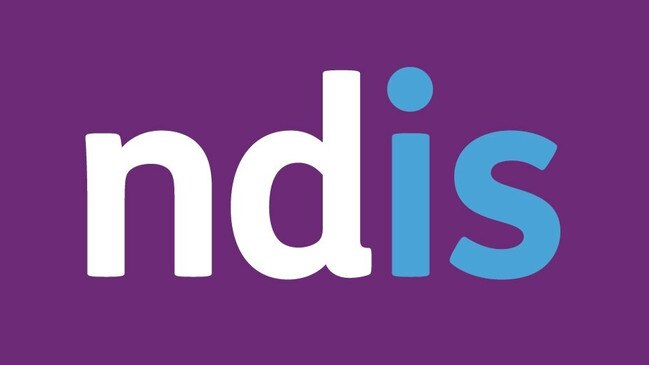NDIS review should make scheme more sustainable

Mr Shorten insisted on Tuesday that the review would not be “about a razor gang and cost-cutting”. He claimed “poor management” by the Morrison government had caused a projected increase in the cost of the scheme of $8.8bn across the next four years. Blaming the previous government for cost blowouts, which Albanese government ministers continue to do across most portfolios five months after the election, is wearing thin.
Mr Shorten is correct when he says the NDIS needs a reset. Labor promised during the election campaign that it would review the scheme, but it has brought the process forward a year. That is timely, given the fact last year’s May budget predicted the cost of the scheme would overtake the cost of Medicare within three years. Next week’s budget is expected to forecast that the NDIS will cost $50.3bn in 2025-26. It is one of the government’s major expenditures, along with health, aged care, childcare, defence and servicing the national debt.
Mr Shorten says he wants “to see what we can do to moderate the growth-cost trajectory” and “minimise rent-seeking by people who are seeking to take money from the NDIS”. Fair enough. But in announcing the review, he shied away from questions about the possibility of stricter eligibility requirements: “I’m not going to start the review by saying the problem with the scheme was people with disability.” In the interests of reform it may be necessary in the future to examine eligibility to maintain the level of support provided to participants with serious disabilities.
Mr Shorten made the right decision last month when he ruled out adding attention deficit hyperactivity disorder to the list of primary conditions eligible for NDIS support. People with ADHD can become NDIS participants if they meet the criteria of being permanently and significantly disabled and provide evidence they meet the requirements set out in the NDIS Act. About 3000 people with ADHD receive NDIS support, about 0.5 per cent of the scheme, but there are no plans to widen that gateway to the scheme, Mr Shorten’s spokeswoman told The Australian. Conditions that meet the eligibility criteria, in contrast, include permanent blindness, quadriplegia or the absence of two limbs.
In seeking to put people with disability at the centre of the NDIS, the terms of reference announced on Tuesday give the review panel wide scope to identify improvements and cost savings. The guidelines cover the experiences of those engaging with the scheme, ways to deliver better values and outcomes for participants, managing cost pressures, and improving compliance and the detection of fraud and rorts. The panel has the expertise for the task. It will be co-chaired by economist Bruce Bonyhady, one of the main architects of the NDIS, and company director and retired senior public servant Lisa Paul. Its members include disability advocate Douglas Herd, an NDIS participant and quadriplegic wheelchair user for 37 years.
An effective NDIS, the terms of reference point out, would help people with disability achieve their life goals and participate in social and economic life. It is an ambitious, worthwhile goal to aim for.


National Disability Insurance Scheme Minister Bill Shorten wants his review of the scheme to make it more effective and empathetic for participants and ensure it stands the test of time. If those worthy goals are to be met, the scheme also needs to be financially viable. The NDIS has transformed the lives of countless disabled people, their families and carers. Its success also has created challenges.